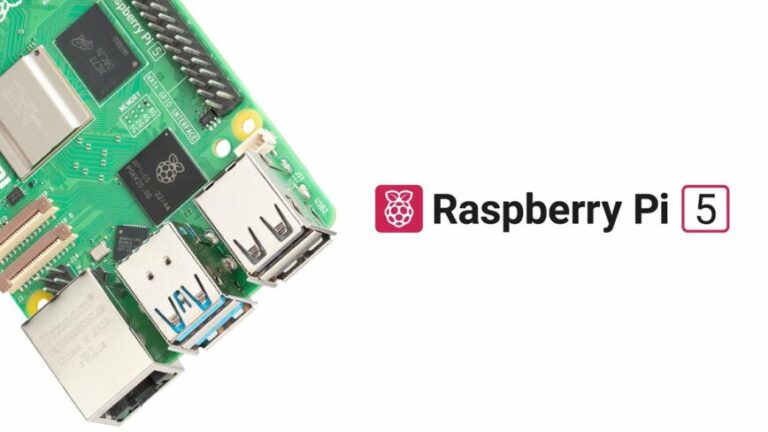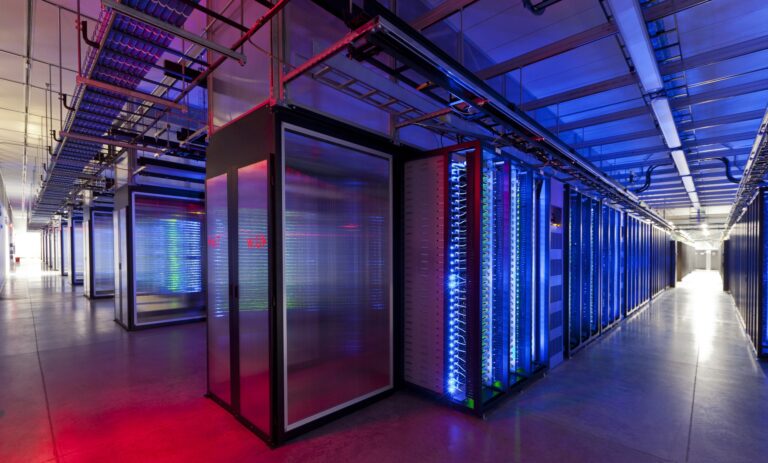You don’t need to overhaul your career right now. But it helps to notice which parts of your job feel repeatable. Those are often the first to be automated. If those tasks make up most of your work, it might be smart to explore related skills like leading projects, learning how to guide AI tools, or focusing on the human side of your job that machines can’t match.
So take some time this week to look at what you do each day. Ask yourself what could be handled by a smart tool and what still needs your touch. The answers might help shape the next version of your work.
By Glenn Blake
Artificial intelligence isn’t just a futuristic idea anymore. It’s a practical tool that millions of people use every day. From generating text to organizing schedules, AI tools like ChatGPT and Microsoft Copilot are already changing how work gets done. But while the technology might feel impressive, its impact on jobs isn’t the same across the board.
Jobs that involve a lot of structured language, repetition, or text processing are showing the biggest overlap with AI abilities. These roles aren’t always high-tech but usually involve digital work that follows predictable patterns. Think writing reports, answering customer questions, managing schedules, or creating sales pitches.
Certain Jobs Are Already Feeling the Shift
This study offers something more useful than just headlines. It gives people a way to think about work in smaller parts. Instead of asking, “Will my job be replaced by AI?” the better question is, “Which parts of my job could AI take over?”
There’s a growing concern that artificial intelligence could replace many jobs, sparking fears about widespread unemployment and economic disruption. This fear of AI as a job stealer is alarming and often oversimplifies the reality. In truth, AI is changing work in complex ways while helping in some areas while leaving others mostly untouched.
This change isn’t just theoretical. Many companies have already introduced chatbots and AI assistants in support roles. These tools might not replace entire jobs right away, but they are changing the day-to-day experience of work. Over time, this could mean fewer hires, new expectations, or different responsibilities.
This task-level thinking means two people with the same job title could have very different experiences. A writer who mainly edits press releases might see AI as a strong competitor. Another who interviews people and writes long-form stories may find it harder for AI to match their work.
Other Jobs Are Largely Unchanged
The result is a clearer picture of which jobs are most exposed to AI and which ones are mostly safe for now. The first image displays 40 jobs that are most likely to be disrupted by AI, followed by another 40 jobs considered to be more secure. Although nothing is certain, the report highlights trends currently observed in the market.
Take a customer service agent, for example. This job has clear rules, repeated questions, and scripted interactions. These are exactly the areas where large language models excel. The same applies to sales reps and tax preparers, where AI can already help draft emails, create quotes, or answer client questions.
At the other end, some jobs still require a human touch. These roles need physical movement, judgment in real-world spaces, or deep emotional awareness. AI might be able to analyze data or spot patterns, but it can’t scrub a dish or comfort a patient.
What This Tells Us About Work Today
I remember helping a friend fix a leaky kitchen sink last year. It seemed simple, but five minutes in, we were crawling on the floor, dodging wires, and guessing which way to turn the wrench. It was messy, uncertain, and totally hands-on. AI might have offered some guidance but it couldn’t replace the actual work.
Working with AI doesn’t always mean coding or building apps. It can mean using it as a writing partner, a research assistant, or a tool to get your job done faster. Knowing what AI is good at makes it easier to stay ahead.
That might be answering emails, organizing information, or writing first drafts. But it probably won’t be reading social cues in a tense meeting or fixing a broken machine in a basement.
Even jobs that seem repetitive, like dishwashing, are more complex than they look. Speed, coordination, and spatial awareness matter a lot. In busy environments like restaurants, being able to read the room and adjust quickly still makes a big difference. These details are nearly impossible to automate with language models alone.
What You Might Want to Do Next
The study highlights jobs like interpreters, translators, writers, and customer service representatives as some of the most affected. These roles scored high in all three of the study’s measures: how many tasks AI could handle, how well it could do them, and how often AI could realistically be used.
A study led by Microsoft researchers, published on arXiv, takes a closer look at how AI fits into actual workplace tasks. Instead of just listing job titles, the researchers broke down what people really do on the job. They measured whether AI could perform those tasks, how well it could do them, and how likely it is that AI would be used in those situations.
The Microsoft study puts jobs like nursing assistants, roofers, cement workers, and massage therapists near the bottom of AI applicability. These jobs involve messy, real-world tasks. They often demand quick decisions, physical balance, and constant adaptation to new situations. That’s something current AI and even robotics have trouble with.
You could also try experimenting with AI now. See what it does well and what it messes up. This kind of curiosity will help you adapt over time.
In fields like healthcare, construction, and hands-on services, the risk of AI disruption is still low for now. But in office roles that involve communication and planning, the change is already happening.






